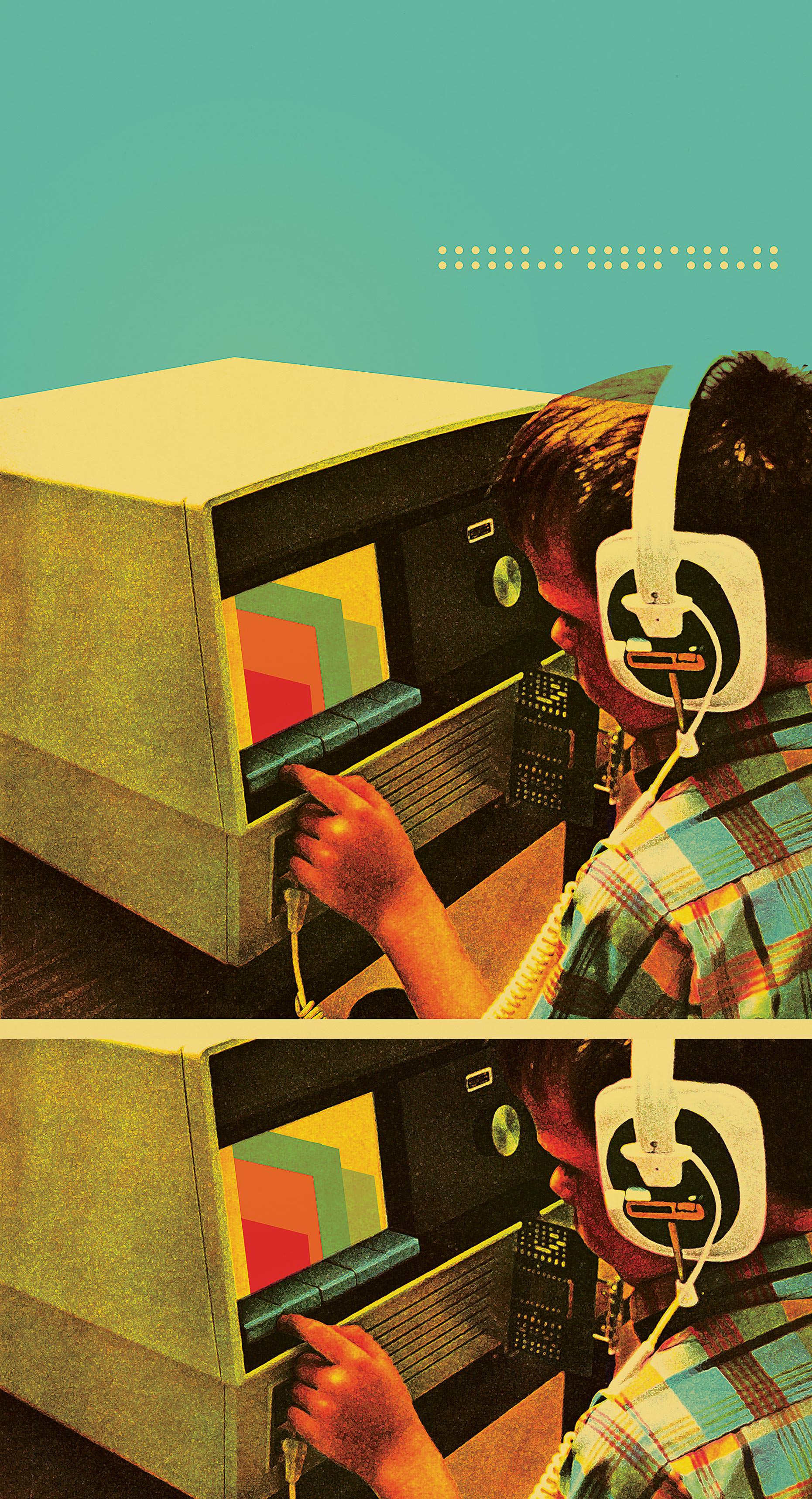Joel Edinberg is a staff engineer at Q Division qdivisionstudios.com, one of the nicest studios in the Boston Area. He's also a gigging saxophonist, a music instructor, and the leader of gypsy-punk band Somerville Symphony Orkestar, as well as a composer with numerous TV credits. Before committing to music full-time, Joel was designing dual-polarization quadrature phase-shift keying transponders, with a graduate degree in Engineering Physics from Cornell University in hand. In other words, Joel is a smart and creative guy. Joel is also the co-founder of Vindor Music vindormusic.com, manufacturer of the Vindor ES1. To put it simply, the ES1 is a $219 digital saxophone. In lieu of the usual holes, pad cups, and levers found on a real sax, the ES1 relies on button-sized, capacitive sensors for fingering notes. Instead of a vibrating reed making the sounds, an onboard synthesis engine generates tones, controlled by an air pressure sensor below the mouthpiece and a touch-strip for your thumb. There's a 3.5 mm jack for headphones, and a 1/4'' jack lets you plug the ES1 directly into a guitar amp, effects pedal, DI, or home stereo. A Micro USB port is used for charging the battery, and it also supports MIDI over USB communication with Windows, macOS, and iOS — which means the ES1's sound capabilities are endless. Importantly, unlike a real sax, the ES1 doesn't screech and squeal (unless you're using a sound library of such noises), even if you're a first-time novice. This last point is what interested me the most. Rewinding a few years — my son loved making music, but that passion quickly faded when he was forced to play violin at school, starting at grade 2. Sure, there are children in this world that enjoy the challenge of learning how to play a bowed instrument, but I wouldn't be the first parent to say that my child absolutely hated it. I'll go even further to say that grade-school violin programs turn children away from music, which was certainly the case with most of the students at my kid's school. For many reasons, violin is a far from ideal introduction to music — beginning with the difficulty of mastering the techniques to make sounds that aren't nasty and hideous. Moreover, even if the student is able to play notes that aren't abrasive and out of tune, taking a year to learn two notes of Pachelbel's Canon, and then another year to master the whole of "Twinkle Twinkle Little Star," isn't exactly inspiring. Luckily, my wife discovered that Mmmmaven mmmmaven.com, a DJ and music production school just ten minutes by foot from my studio, offered electronic music classes for children. Fast forward to today — my son loves making music, he knows more about sound-mangling plug-ins than I do, and he loves to perform live. Plus, he's encouraged many of his friends to learn electronic music production too. All that is a long way of saying that the Vindor ES1 is an ideal tool for music education. It's an instrument that can quickly capture the imaginations of children and adults alike. Out of the box, it's capable of sounding like a sax, clarinet, flute, trumpet, and other common acoustic instruments — and with different transpositions too. With a little more effort, it can also make the same kinds of sounds you hear in all sorts of contemporary music. Plus, it's expressive enough that seasoned musicians will find that the ES1 is a great MIDI controller for studio and live use, at a significantly lower price than competing wind controllers. My engineering colleague Kate Siefker and I spent an evening at Q with Joel, taking turns playing the ES1 through a variety of guitar pedals. We had a blast.

